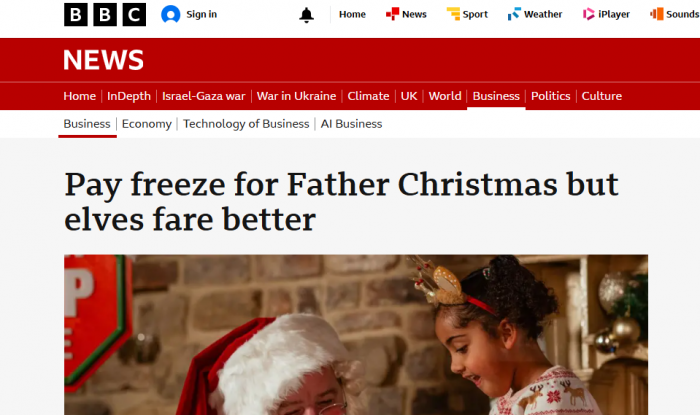
Insights | 18 Dec 2025

The Government is currently consulting on proposed changes to basic holiday entitlement with a view to bringing statutory minimum holiday provision for part-year workers (such as teaching assistants) and those on zero-hours contracts into line with that for the wider workforce.
Under the current rules, employees are entitled to a minimum of 5.6 weeks’ (28 days’) holiday, pro-rated for part-time staff. For much of the workforce, especially office-based staff, this takes the form of four weeks’ leave to be taken at times to be agreed between the individual and their employer plus eight bank or public holidays. For frontline staff in sectors where weekend operations are commonplace, such as hospitality or retail, leave entitlement is instead often cited as an overall amount, inclusive of bank and public holidays (a minimum of 28 days, although our research into pay and conditions in retail has found that the median annual leave entitlement offered by supermarkets and non-food retailers is typically 29 days for retail assistants and 30 days for team leaders, while provision in the hospitality sectors is generally in line with the statutory minimum).
A recent Supreme Court judgment in the case of Harpur Trust v Brazel found that, under the correct interpretation of the Working Time Regulations 1998, part-year workers should also receive a full 5.6 weeks’ annual leave, rather than a pro-rated amount. As such, a part-year worker would receive a disproportionately high number of days’ holiday relative to a part-time colleague working an equivalent number of annual hours overall but on a regular working pattern covering the whole year, as holiday pay for workers with irregular hours is currently calculated using a 52-week reference period but with any weeks without work excluded. The Government is proposing that the length of the holiday entitlement period should mirror the length of the current holiday pay reference period for consistency.
The Government estimates that between 320,000 and 500,000 part-year and zero-hours workers will be entitled to more holiday following the ruling and says it ‘is keen to address this disparity to ensure that holiday pay and entitlement received by workers is proportionate to the time they spend working’. There are also estimated to be between 80,000 and 200,000 workers employed by employment agencies or umbrella companies who are set to receive increased holiday as a result of the ruling and part of the reason for the consultation is to help the Government better understand how its new proposals (in relation to calculating holiday reference periods) might be implemented for this population.
Interested parties (including employers, workers, trade unions and business representative groups) who wish to share their views have until 9 March to respond to the consultation at the BEIS website or by emailing holidayentitlementconsultation@beis.gov.uk (reference ‘Calculating holiday entitlement for part-year and irregular hours workers’).